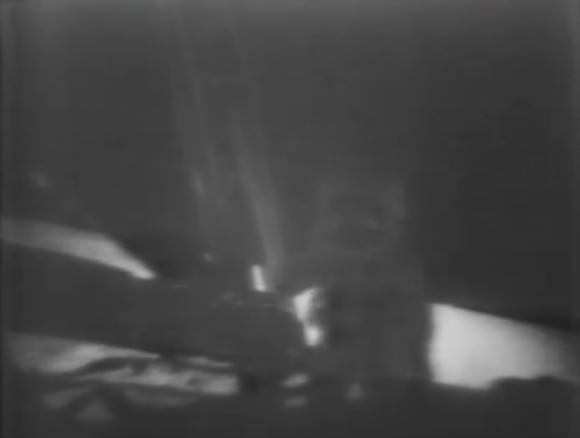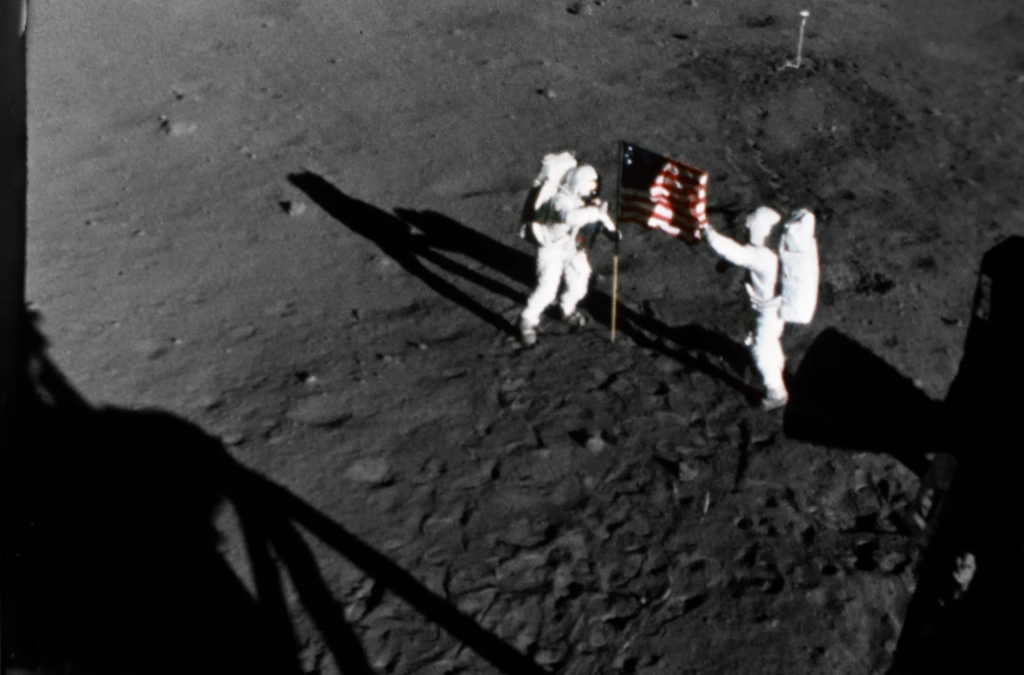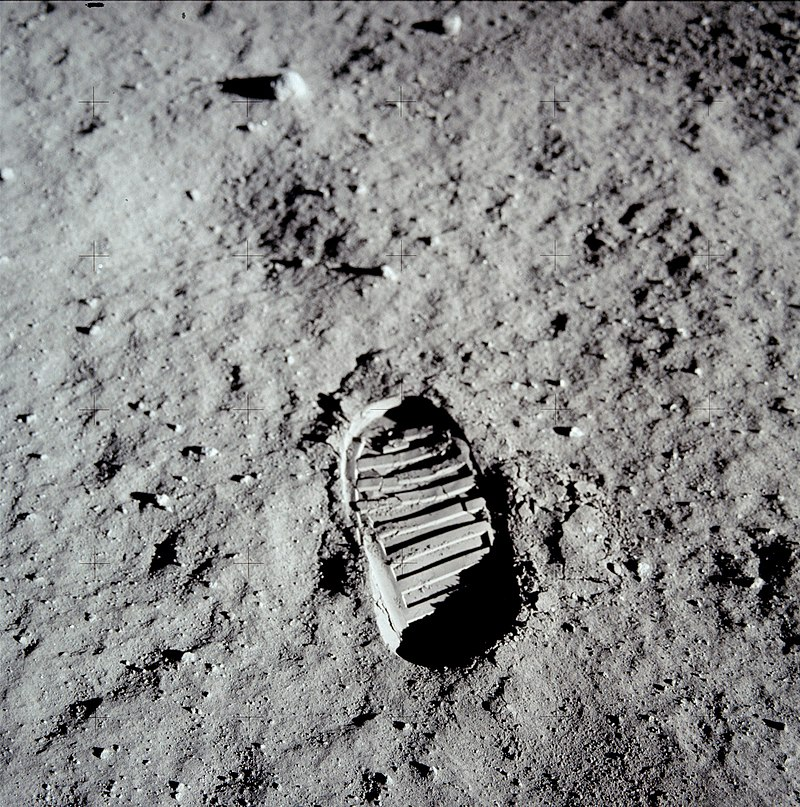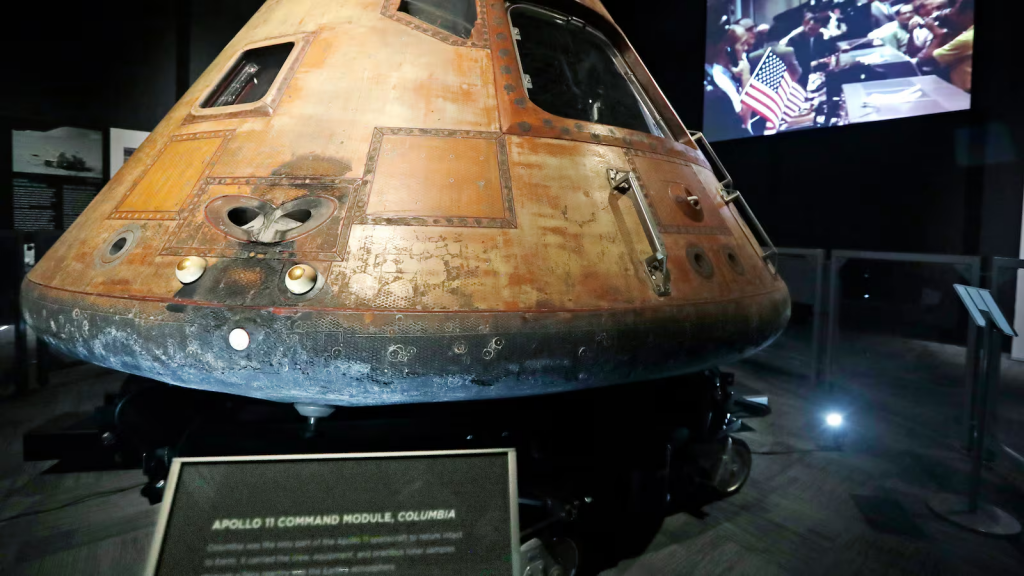The Space Race
In the 1960s, the United States and the Soviet Union were engaged in a fierce competition known as the Space Race. Both nations aimed to demonstrate their technological superiority by achieving significant milestones in space exploration. The ultimate goal was to land a human on the Moon.
Image: The Space Race between the United States and the Soviet Union.
The Apollo Program
NASA, the United States’ space agency, launched the Apollo program with the goal of landing humans on the Moon and returning them safely to Earth. After years of preparation and several missions to test equipment and procedures, Apollo 11 was set to make history.

Image: The Apollo program logo, symbolizing the mission to the Moon.
Launching Apollo 11
On July 16, 1969, Apollo 11 lifted off from Kennedy Space Center in Florida. Astronauts Neil Armstrong, Edwin “Buzz” Aldrin, and Michael Collins were aboard the spacecraft, embarking on a journey to the Moon. Millions of people around the world watched the launch, filled with excitement and anticipation.

Image: The launch of Apollo 11 from Kennedy Space Center.
The Eagle Has Landed
On July 20, 1969, the lunar module, named “Eagle,” separated from the command module and descended to the Moon’s surface. As it approached, Neil Armstrong reported, “Houston, Tranquility Base here. The Eagle has landed.” The world held its breath as the historic moment unfolded.

Image: The lunar module Eagle landing on the Moon.
First Steps on the Moon
Later that day, Neil Armstrong stepped out of the lunar module and onto the Moon’s surface. As he placed his foot on the lunar soil, he famously declared, “That’s one small step for man, one giant leap for mankind.” His words echoed around the globe, marking a monumental achievement in human history.

Image: Neil Armstrong taking the first steps on the Moon.
Exploring the Lunar Surface
Buzz Aldrin soon joined Armstrong on the Moon’s surface. Together, they conducted experiments, collected rock samples, and took photographs. Their activities provided valuable scientific data and unforgettable images of their time on the Moon.

Image: Neil Armstrong and Buzz Aldrin exploring the lunar surface.
Returning Home
After spending about 21 hours on the Moon, Armstrong and Aldrin rejoined Michael Collins in the command module. The crew safely returned to Earth, splashing down in the Pacific Ocean on July 24, 1969. Their successful mission captivated the world and demonstrated the possibilities of space exploration.

Image: The Apollo 11 crew safely returning to Earth.
A Legacy of Exploration
The Apollo 11 mission left a lasting legacy, inspiring generations to dream big and reach for the stars. It paved the way for future space missions and advancements in technology. The footprints left by Armstrong and Aldrin on the Moon remain a symbol of human achievement and exploration.

Image: The footprints left by Neil Armstrong and Buzz Aldrin on the Moon.
Remembering the Journey
Today, the Apollo 11 mission is commemorated in museums and exhibits worldwide. Artifacts from the mission, such as the lunar module and space suits, offer a glimpse into this incredible journey. These displays continue to inspire curiosity and wonder about space and the universe.

Image: A museum exhibit showcasing artifacts from the Apollo 11 mission.




